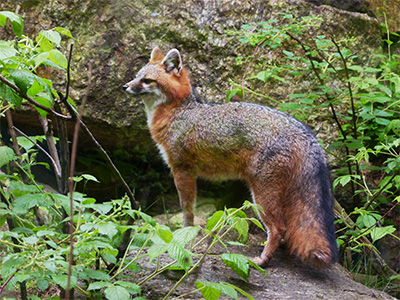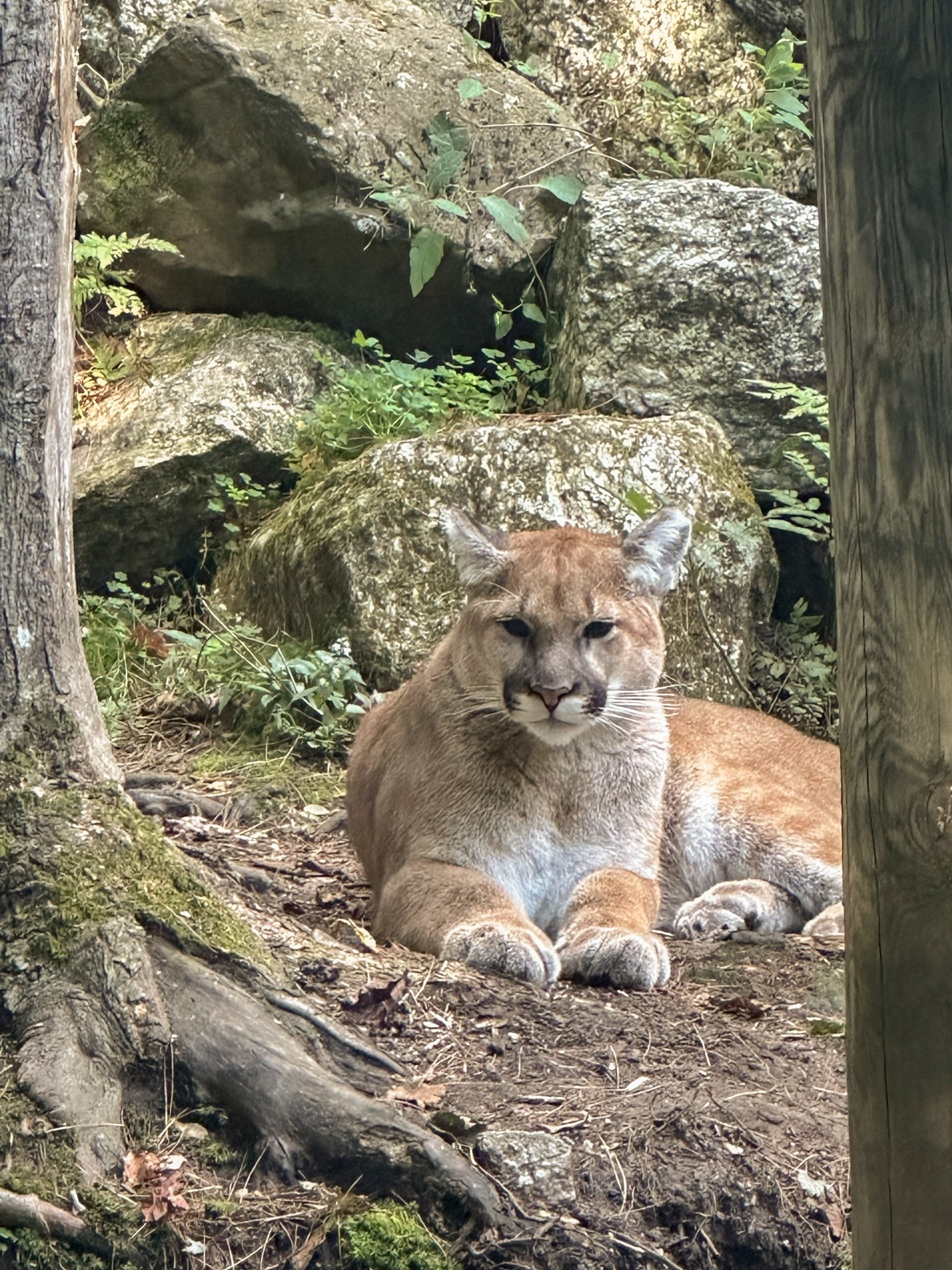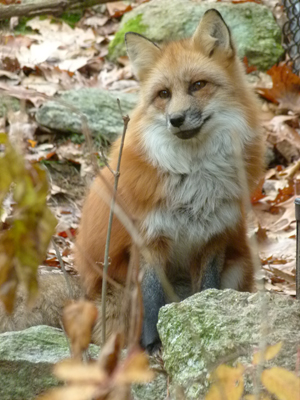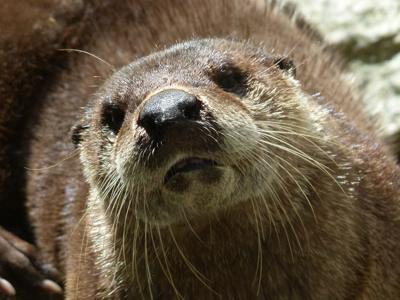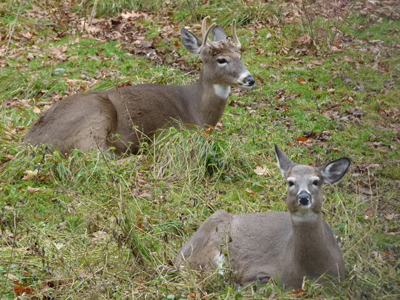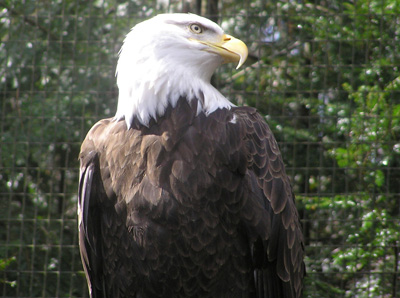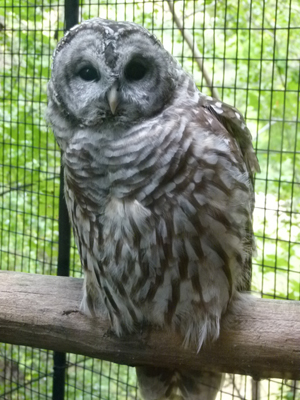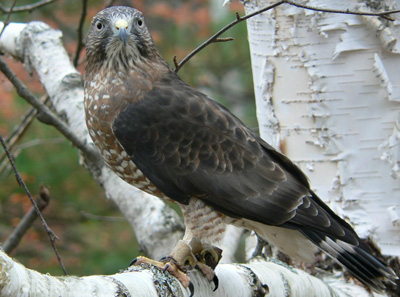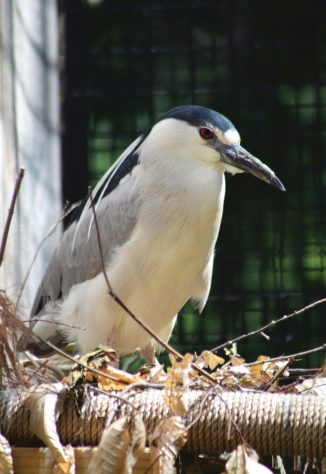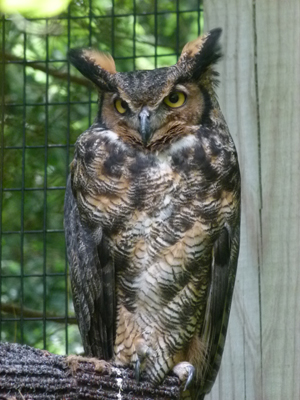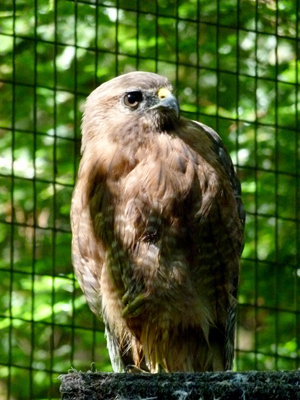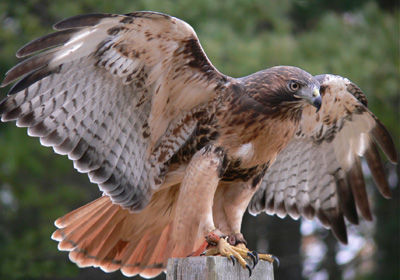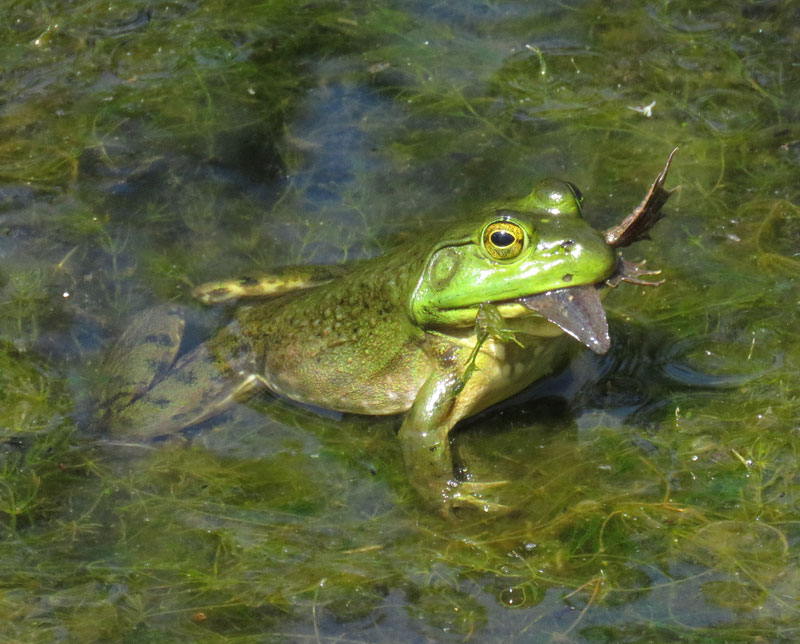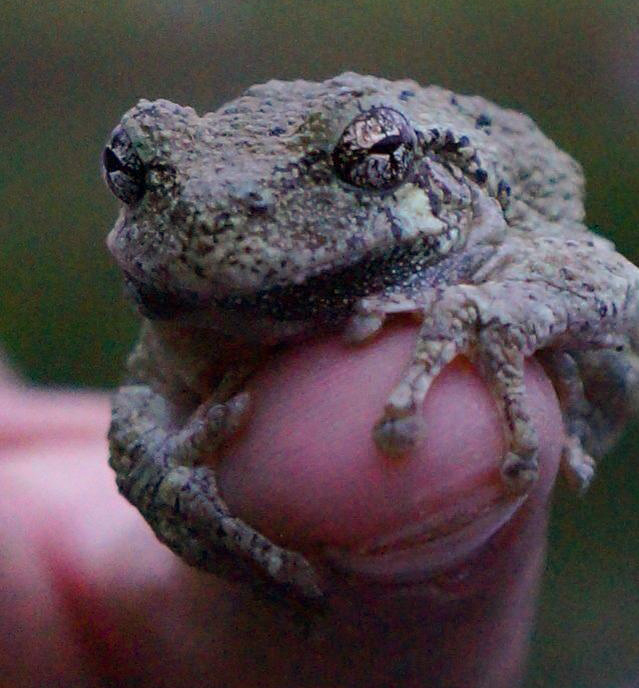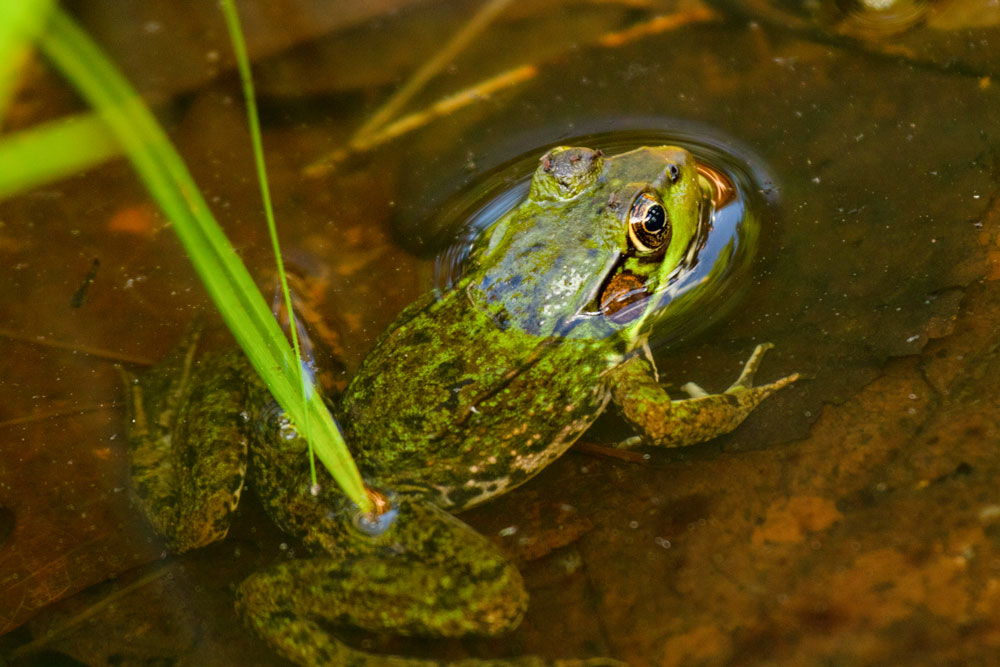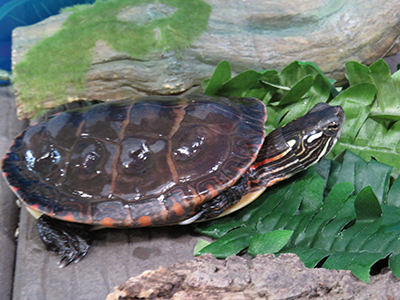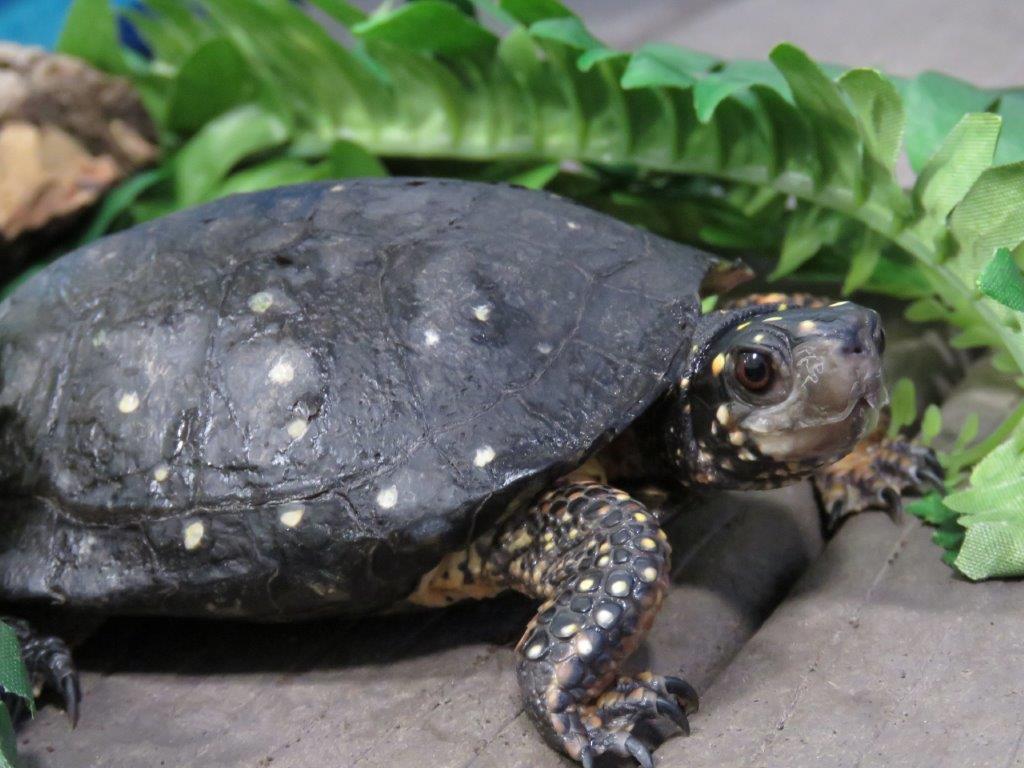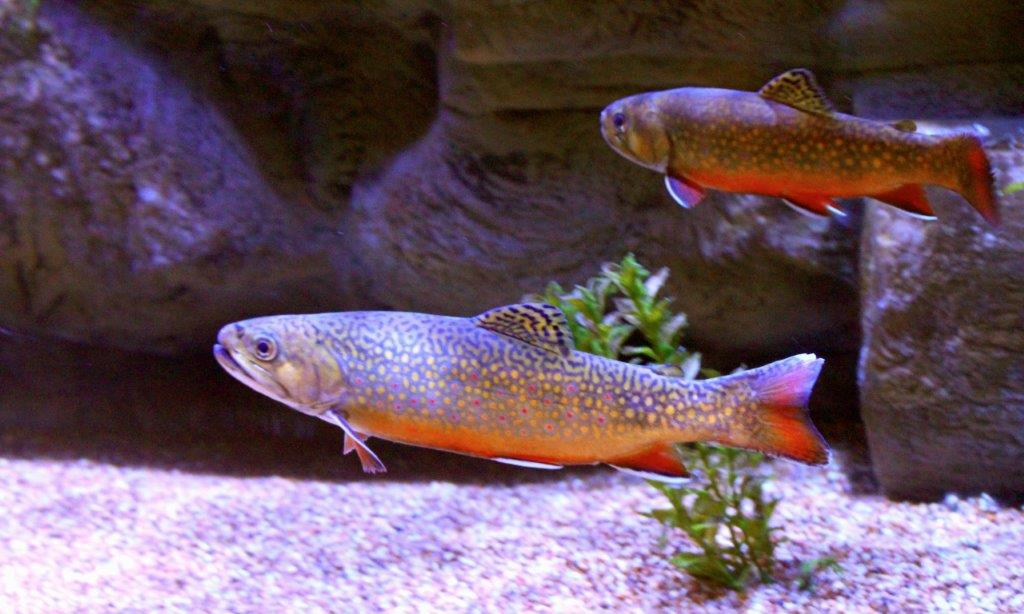Striped Skunk
Mephitis mephitis
| Kingdom | Animalia |
|---|---|
| Phylum | Chordata |
| Class | Mammalia |
| Order | Carnivora |
| Family | Mephitidae |
| Genus | Mephitis |
| Species | M. mephitis |
| Lifespan | 2-3 years in the wild, up to 10 years in captivity |
| Size | 13-18 inches long (males may be 10% larger), weight 3-12 pounds |
| Offspring | 4 to 8 young |
| Status | Abundant |

About Striped Skunks
What do striped skunks look like?
Skunks have a relatively small head, short legs, wide rear end, and a long, bushy haired tail. Its forefeet have long, curved claws used for digging, the hind claws are shorter and straighter. Each foot has 5 toes on it. The teeth are heavy and sharp. The skunk’s pelt has soft, wavy underfur overlaid with long, coarse, shiny guard hairs. Both sexes are colored alike with no seasonal change. The color is mostly black and white; the amount of distribution of white varies considerably among individuals. The male skunk is slightly larger than the female skunk.
Where do skunks live?
Striped skunks are found in a variety of habitats including rolling, weedy fields, fence rows, wooded ravines, rocky outcrops and drainage ditches where water is available, under vacant buildings and near dumps. A skunk prefers to use natural cavities in rocks, caves, stonewalls, under logs and fallen trees. They will use abandoned burrows of woodchucks, red foxes and muskrats. The burrow is anywhere from 2 to 8 meters long and 1 meter underground ending in 1-3 spherical chambers lined with mixed leaves and grass.
What do skunks eat and who eats them?
Skunks will feed on insects, snails, earthworms, grain, nuts, corn, grasses, leaves, apples, berries, bird and turtle eggs, frogs, snakes, bats, small rodents, garbage and carrion. Predators of skunks include humans, lynx, bobcat, fox, coyote and Great Horned Owl. Skunks are a lead carrier of rabies.
What are some behaviors and adaptations of skunks?
Skunks are solitary nocturnal animals. They are not agile and walk slowly. Their top speed does not exceed 10 mph. They do not climb trees and usually avoid water. Skunks are well known for a strong characteristic musky odor secreted by the scent glands at the base of the tail. They can project their scent from one of two scent glands or both at the same time. Skunks can spray 10-15 feet. If sprayed in the eyes it can cause severe burning sensations and temporary blindness and nausea. The scent glands contain about 1 tablespoon of scent, enough for about 5 sprays. The skunk replenishes its supply of spray every time they use it. Skunks have a poor to fair sense of sight but their sense of hearing is good and their sense of smell excellent. They may wander a considerable distance looking for food but normally do not range farther than 4 or 5 miles. During the late summer they acquire a lot of body fat in preparation for the winter. They do not hibernate, but will spend much more time inside their den as the temperature drops during the winter.
When do skunks breed?
Skunks breed in February to late March with a delayed implantation of 19 days and a gestation period of 62 - 68 days. The kits are born in late May to early June in a litter of usually 4-8. At birth the kits are thinly furred, wrinkled and blind. The musk is present in their scent glands at birth but they can only start spraying around day eight of life. The eyes open in 22 days. The kits will grow rapidly for the next two months as they follow the female before they become independent. Skunks usually live 2-3 years in the wild but may live up to 10 years in captivity.
Fun facts!
- A skunk may have 1-5 hidden entrances to its burrow.
- The mist from a skunk spraying can reach up to 45 feet downwind and carry as far as 1 mile.
- The skunk’s spray is used as a last means of defense. When provoked a skunk will stamp its front feet rapidly, shuffle backwards and arch its tail high above its back before it sprays.





